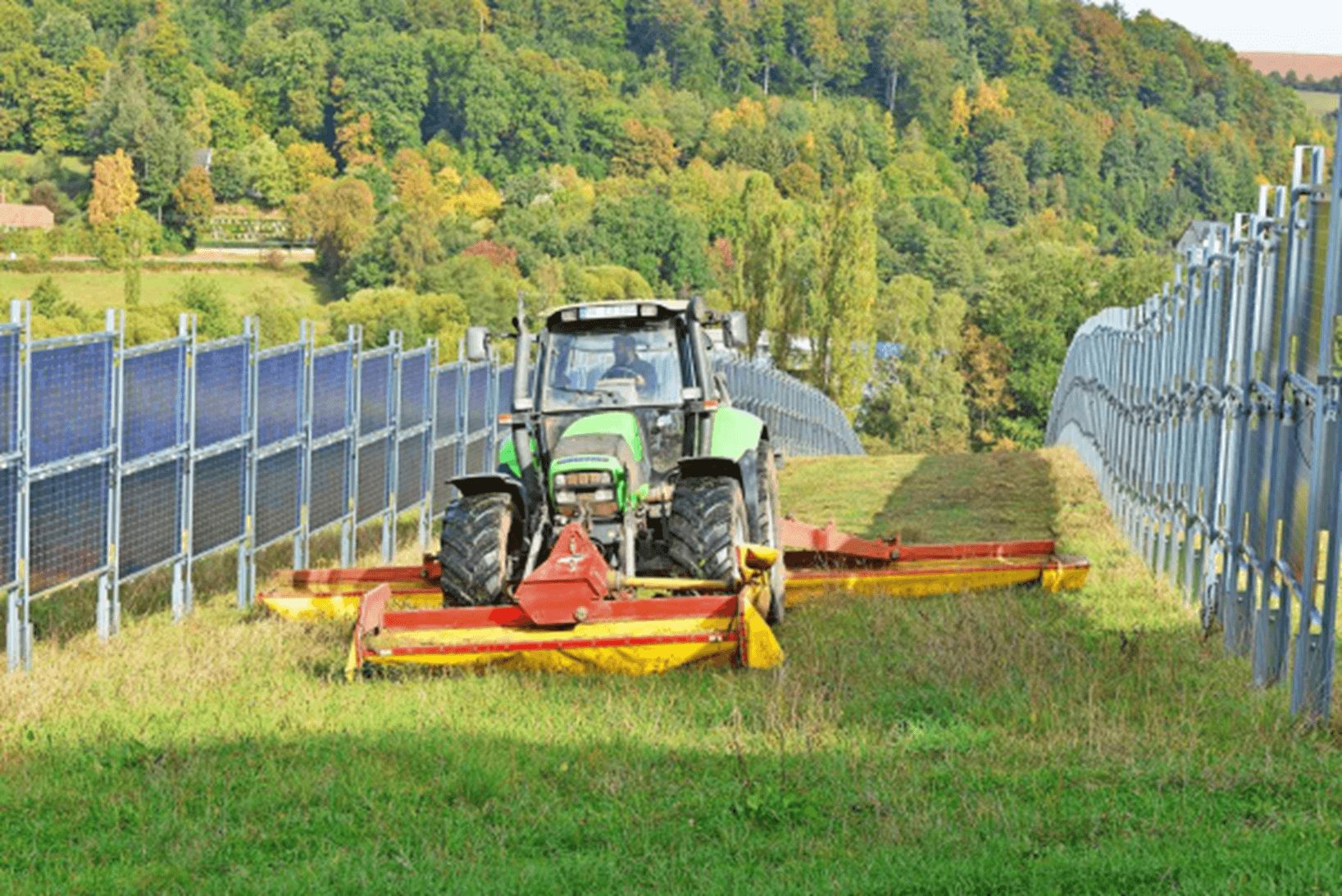The energy produced can be connected to the distribution grid or the source is used to supply electricity for:
- farms
- biogas plants (increases overall production efficiency)
- irrigation
- charging agricultural machinery
- charging of electric vehicles (possibility to take power from the field to the road)
Within Europe, these new installations are expanding, and there are already known working installations from France and Germany. In Japan, advanced PV systems have been tested for 19 years.
In the Czech Republic, it is currently not possible to use agricultural land for non-agricultural purposes, but changes to the Building Act are also being discussed which should simplify and speed up the relevant processes. These changes are hoped by some to open the way for agri-photovoltaics. However, changing this law alone is not enough; not only other regulations would need to be changed, but especially the approach to the combined use of agricultural land alongside energy production.
[1] Clarkson&Woods. The Effects of Solar Farm on Local Biodiversity: A Comparative Study. [Online] In: http://www.clarksonwoods.co.uk/projects/projects_solarresearch.html
[2] Mgr. Jiří Zilvar. Pole stíněné fotovoltaikou – Agrivoltaika jako odpověď zemědělců na klimatickou změnu. [Online] In: https://oze.tzb-info.cz/fotovoltaika/19302-pole-stinene-fotovoltaikou
[3] Mgr. Jiří Zilvar. Agrivoltaika – řešení pro nová solární pole. [Online] In: https://oze.tzb-info.cz/fotovoltaika/19000-agrivoltaika-reseni-pro-nova-solarni-pole


